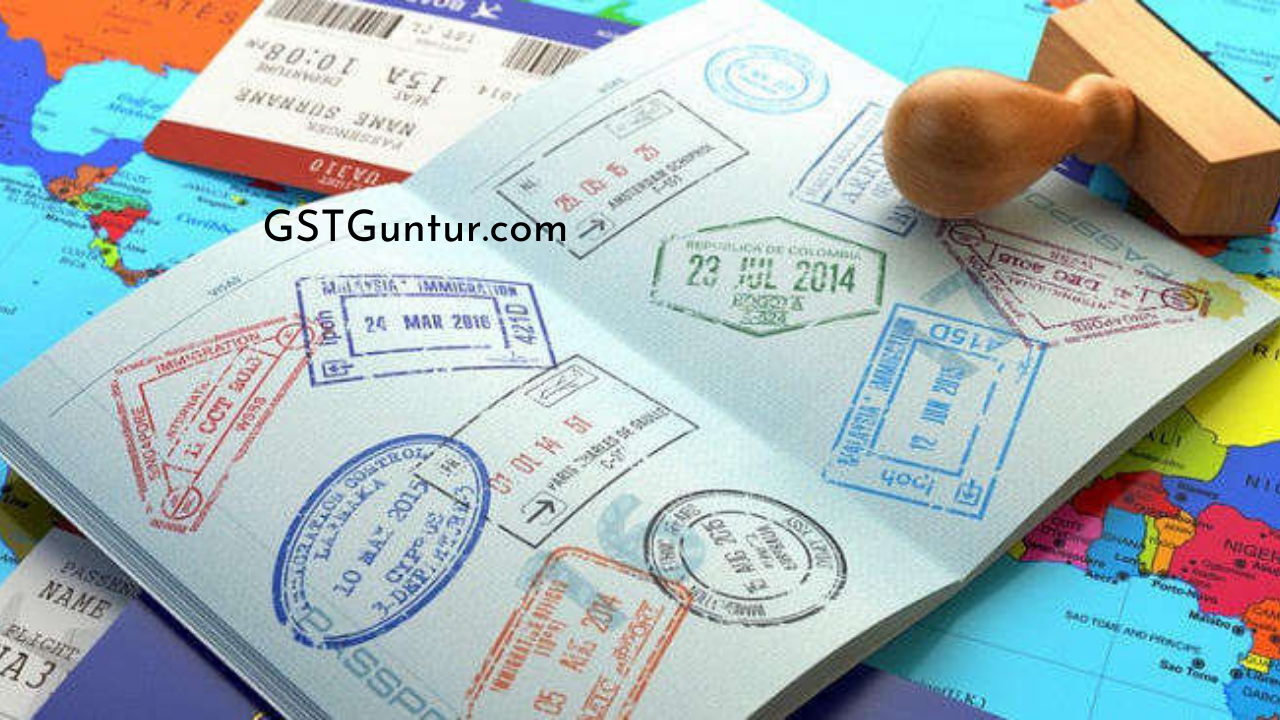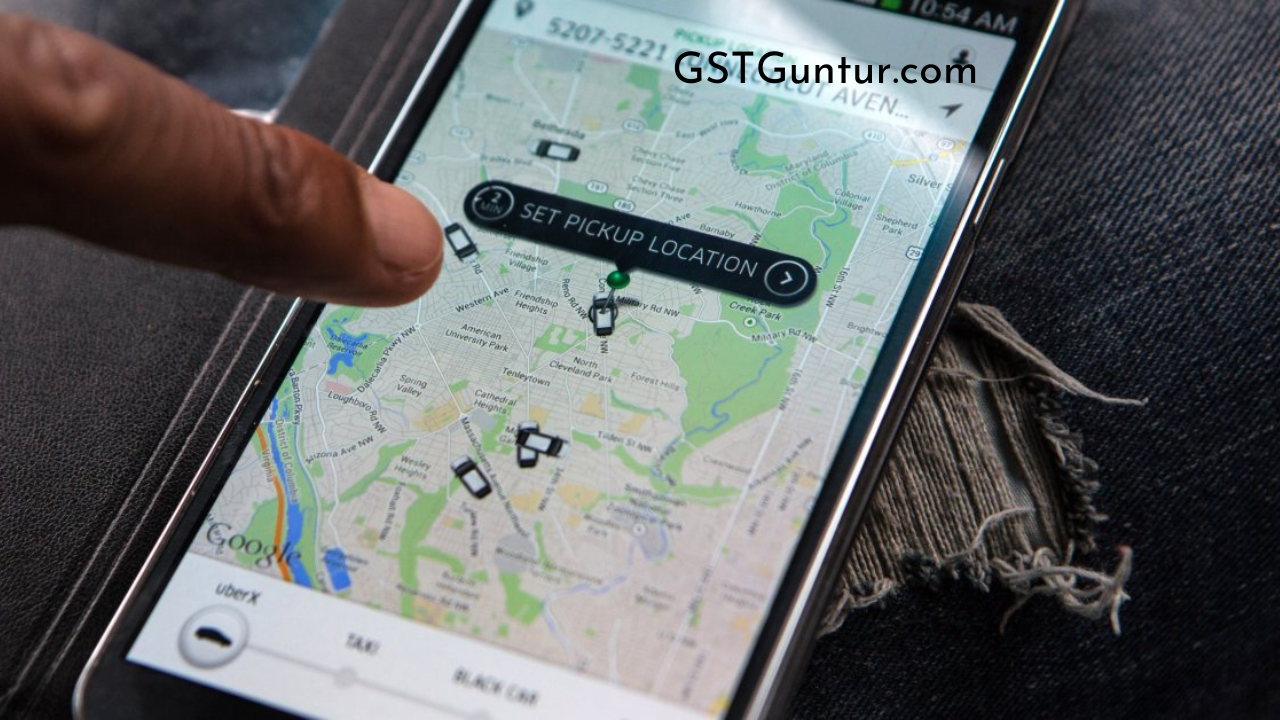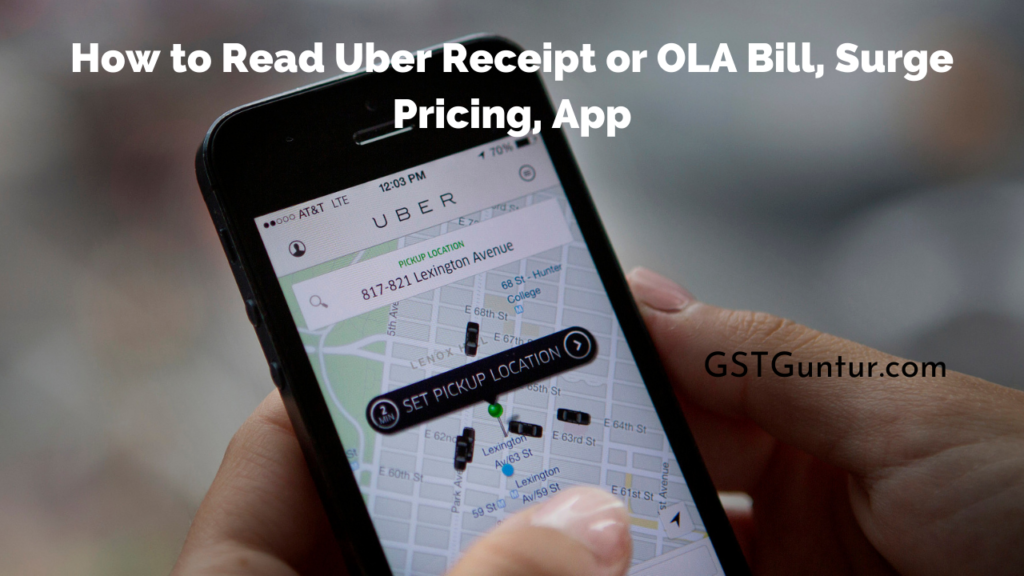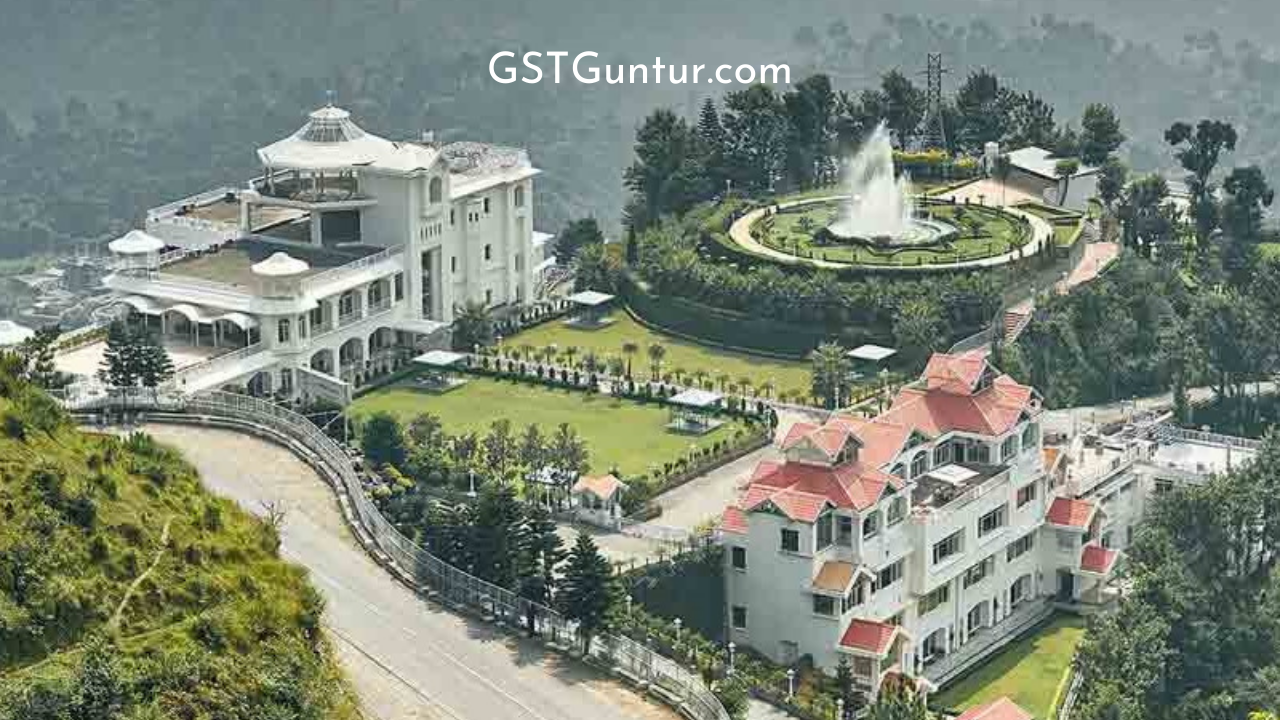Indian Passport
The Ministry of External Affairs, Government of India, currently issues the Indian Passport only through a network of 37 passport offices across the nation and the 180 Indian embassies worldwide.
Individuals who go overseas for education, vacation, annual pilgrimage tours or other religious purposes, medical treatment, business, or family visits should bring this Passport with them.
And according to the Passports Act of 1967, the Passport identifies the owners as citizens of India by birth or naturalization.
Passport and associated support services have seen an exponential rise in demand in recent years as the economy has risen and globalization has extended to cover.
Types of Passports Issued in India
There are essentially four categories of passports issued in India:
- Ordinary Passport: Ordinary passports are issued by the government to normal citizens. These are general-purpose passports that allow holders to fly to foreign nations for leisure purposes or business. It has a blue passport. This enables customs, immigration, and other foreign agencies to distinguish the difference between ordinary citizens and high-ranking Indian top government officials.
- Official Passport: Official or diplomatic passports are government-issued to those traveling abroad on official business. These are the white passports which are the most powerful of the several sorts of passports. White passports are only made available to government personnel. It is given to those who are traveling abroad on official duties. The white Passport provides the flexibility for customs and immigration officers to immediately recognize the person as a government employee and treat them in an appropriate manner.
- Diplomat Passport: Indian ambassadors and top government officials are automatically issued a maroon passport. A separate letter of request for a high-quality passport needs to be mentioned. Those with such passports are entitled to access a plethora of benefits and privileges when visiting another country. Additionally, they do not require a visa to travel internationally. Secondly, maroon passport holders can cross immigration processes far quicker than expected regular citizens.
- Orange Passport: The Indian government has recently revealed its intention to issue orange passports to the vast majority of the country’s citizens.
It can be employed to distinguish those who have not finished secondary school correctly. Unlike any other conventional passport, the orange Passport will not include the last page, which provides the holder’s father’s name, permanent residence, and other critical information.
People who do not have a high school diploma fall under the ECR (immigration check necessary) particular category.
This signifies that just about every time a member in this group wishes to go overseas, he or she must meet standards established by immigration authorities.
Tatkaal Passports (for emergency situation use) and Short Validity Passports (SVP)are also generally available, and once issued, these are customarily classified as Ordinary Passports.
Difference Between Passport and Visa
- A passport is legally binding documentation. It’s also the most fundamental form of identification needed while visiting a foreign nation. It is given to individuals who necessarily apply for it by the government. It also features an identification verification paper because it confirms a person’s identity and citizenship.
- Visa is an official authorization in the form of a passport stamp provided by a government official of the visiting nation to enter, continue to remain, and transit in the visiting country.
- In practice, a visa is issued by a senior government official of the place you decide to enter. The processing period for a visa varies significantly per nation, whereas if you actually pick a suitable option, you can obtain the necessary Visa quickly.
There are significant differences between a passport and a visa. The following contrasts have been provided:
A passport is essentially a legal document in hardcopy that allows individuals to travel. It acts as the bearer’s personal clearly identification certificate.
A visa is a formal statement that permits you to stay in the nation you are traveling for the timeframe specified on the Visa.
- The Passport is issued by a specific government department, whereas an Embassy or Consulate issues the Visa.
- A passport is a distinct document. It is usually a little booklet. A visa, on the contrary, is a stamp of approval that appears in your Passport. This is also one of the primary distinctions between a passport and a visa.
- There are several sorts of passports, including regular passports, temporary passports, and diplomatic passports.
It comes in many different forms, including tourist visas, business visas, transit visas, labor visas, and student visas.
- The government of the nation to which you belong significantly issues a passport. If you are a citizen of India, your Passport is provided by the Indian government.
On the other end, Visas are issued by a government official in the countries you decide to enter. For instance, if you wish to visit America, an American government representative will grant you a visa.
- Simply applying for and acquiring a passport is a routine procedure and easy to carry out.
Visas may be a troublesome assignment because they authorize you to enter and remain in another nation. The complexity of receiving a visa varies considerably depending on the country you plan to experience. Ordinarily, obtaining a visiting visa is uncomplicated.
However, for other nations, such as Japan, even obtaining a visitor visa is difficult and time-consuming.
- A passport typically includes a photo of the holder as well as relevant information such as name, age, gender, nationality, date of birth, place of birth, expiration date, so on and so forth.
Visas primarily share information such as the length of stay, the purpose of the visit, the expiry date, the number of visits permissible, and so on.

Is a Visa Part of the Requirement if You Have a Passport?
There are no established grounds. The majority of visa restrictions are specified on trade and commerce accords between nations. Other countries provide visas based on previous or diplomatic ties.
Visa formalities may also be relaxed for citizens of dependent territories or former colonies.
Due to various long-standing treaties, numerous nations allow US passport holders to enter their country without a visa.
Prior to you start traveling, you should surely figure out if the destination you’re visiting demands a visa and then plan accordingly.
Can Someone Continue To Travel With A Passport With An Expiration Date Of Below Six Months In India?
Most nations do not accept international tourists with passports that are less than six months expired. If anyone decides to visit foreign countries, it is invariably a good idea to actually renew your Passport.
What is the Statistical Significance of an Indian Passport?
Depending on the service considerations, there are 199 passport-holding countries in all. Only 166 nations provide superior amenities to Indian passport holders. And furthermore, to that, India ranks 84th in the world on the grounds of passport strength.
Visa on Arrival for Indian Passport Holders
“Visa on Arrival,” or VOA, essentially allows Indians to travel to countries in Asia, Oceania, the Caribbean, Africa, and the Middle East. Visitors can easily fly to countries having “Visa on Arrival” or visa-free status.
The whole visa distribution standard procedure is specifically directed and entirely finished by the port of entry government councils.
However, apart from that, Visa on Arrival is a convenient option available for Indian passport holders.
It significantly reduces last-minute issues and problems in acquiring a visa before visiting a new nation.
Travelers are not typically expected to get a visa to visit the countries listed beneath. The most vital component, though, its validity. Tourists can only visit these places for a limited amount of time.
Below is a compilation of countries of the world that authorize the utilization of the VOA:
- Thailand
- Mauritius
- Ecuador
- The British Virgin Islands
- Cook Islands
- Bhutan
- Seychelles
- Dominica
- Haiti
- El Salvador
- Cambodia
- Togo
- Bolivia
- St Lucia
- Fiji
- Maldives
- Kenya
- Guyana
- Jamaica
- Micronesia
- Macau
- Tanzania
- Saint Kitts and Nevis
- Vanuatu
- Indonesia
- Ethiopia
- Saint Vincent and the Grenadines
- Samoa
- Iraq
- Madagascar
- Grenada
- Tuvalu
- Nepal
- Mozambique
- Trinidad & Tobago
- Nieu
- Laos
- Uganda
- Montserrat
- Palau
- Jordan
- Guinea-Bissau
- Nicaragua
- Timor Leste
- Cape Verde
- Turks & Caicos
- Comoros Islands
Indian Applying for US Visa
There may have been a plethora of factors why you find it absolutely required to visit the United States. The primary thing you’d need to visit the United States is a visa.
It is also crucial to understand that the protocol for obtaining a visa differs contingent on the type of visa applied for. Despite if a visa is granted, it does not help make sure access into the nation.
Yet, a valid visa is required to enter the United States. A visa can be secured through a tour company or online.
There are many different sorts of US Visas widely available to Indian people.
They are categorized into two types: immigrant visas and non-immigrant visas.
Non-immigrant visas are the most frequently formally requested, and they are further segmented depending on the visit’s objective. The many categories of non-immigrant visas provided by the United States are mentioned below.
- Employment Visa
- Business Visa
- Visa for Tourism
- Visa for Medical Treatment
- Visa for Education
- Indian citizens who actively sought to dwell completely and permanently in the United States have authorized an immigrant visa. Foreign citizens are allocated a restricted quota of immigration visas by the government.
Prerequisites for Application for USA visa
The following facts are a few major conditions that must be fully satisfied or closely followed while registering for a Visa USA:
- Candidates should always provide contact numbers for their residence in the target country.
- Candidates must clearly show that they are economically secure enough to come and visit the intended destination for the entire term of their stay.
- Candidates should never have a history of criminal convictions.
- If registering for a business visa, candidates should always submit a written confirmation from their organization, and whenever requesting an academic visa, they must demonstrate a letter of appointment.
- The applicant’s Passport must be functional for at least six months from the period of the visa application form.
- To explain and justify the length of stay, applicants must provide return tickets.
- To reduce the possibility of uncontrolled immigration, candidates must clearly show strong connections to their birth country.
- Qualified candidates’ partners or offspring will also have to petition for completely separate dependent visas.
- The individual must be totally free of contagious diseases such as TB.
Documents that Must be Submitted for a US Visa Application
Some basic fundamental documentation is crucial to verify the accuracy of the details supplied while applying for a visa.
However, they might vary depending on the specific type of Visa formally requested; the following information and documentation checklist must be provided for a visa to be approved by the government.
- If appropriate, a notary stamp.
- Confirmation of financial assets.
- If possible, a divorce/death documentation for the spouse
- All relevant documentation verifying the petitioner’s and applicant’s correlation must be furnished in the occurrence of a family-based or dependent visa.
- Passport photographs of the applicant that are standard size
- A photocopy of a valid passport
- The number on the Passport
- Number of the visa application
- Number of the Visa fee receipt
- Certificate issued of Police Clearance
- Birth certificate
- If relevant, court documents.
- If you have any military records, please provide them.
- Contact information and a specific address in the target country
Measures to Take Before Requesting for a US Visa
To get a Visa to the United States, an individual should first complete the following steps:
- Check your eligibility requirements
- One must carefully select the type of Visa as fit for their purpose
- Complete an online application form with all of the relevant information.
- Participate in the Visa interview at a specified embassy with all related documents.
How to Apply for an Immigrant Visa?
When considering applying for an immigrant visa in the United States, a visa claimant should go through the basic sequence of steps:
- The applicant typically requires a police clearance certification by the Regional Passport Office. It is only effective for one year.
- The applicant must be fit to undergo the medical examination test administered by licensed medical professionals.
- After that, they need to fill out the DS-260 form containing your Invoice Identification number and Beneficiary ID number.
- Then they are expected to be paid their Visa service charges.
- Then you should schedule an appointment at the embassy for both updating their biometric data and an interview. A face-to-face visa interview process is pretty much indispensable irrespectively of the method of application.
If your immigrant visa application simply appears to lack necessary information or requires more administrative processing, it may be canceled or temporarily suspended under Section 221(g).
How to Apply for a Non-Immigrant Visa?
When considering applying for a non-immigrant visa in the United States, a visa claimant should go through the basic sequence of steps:
- First, the relevant Visa type must be decided. They must meticulously select their Visa category based on the purpose of their vacation.
- They must next properly and efficiently complete the Visa application form DS-160. They must check that all of their information is completely correct; because they will be unable to make significant changes once, they have submitted the form.
- They must next pay the costs corresponding with their Visa type.
- Then you should schedule an appointment at the embassy for both updating their biometric data and an interview. One should always strategize two interviews: one for the Visa Application Centre and one for the US Embassy.
It is critically important that one shows up at the interview location 15 minutes early. The candidate can also immediately cancel or reschedule their appointment if necessary.
However, they must try to attend a scheduled appointment at the US Embassy on any business day between 11 a.m. and 12 p.m.
What is the Payments System for the Costs?
Visa fees can be paid electronically by NEFT, Mobile Payment, or Cash. It is not adjustable. Individuals with diplomatic passports are excused from paying Visa costs, regardless of the cause of their trip or the kind of Visa. Secondly, official passport holders are not invoiced for official Visas.
It should be explicitly mentioned that non-immigrant Visa costs can be paid upfront at designated AXIS or Citibank administrative offices.
Tourist Visa for Singapore
Individuals from different nations can explore and discover Singapore with a Singapore Tourist Visa. This Visa is pretty much exclusively valid for tourism and cannot be utilized for education or a full-time job.
Necessary Documentation for a Singapore Visa Application Form
All Indian citizens who intend to request a Singapore visa will need to include a photocopy of their supporting documentation. Here is the array of documentation that you will be required to provide.
- Form 14A must be thoroughly completed and acknowledged by the applicant.
- One current passport-sized photograph. The picture should have been captured within the previous three months and on a plain white background.
- The image should also have a matt or semi-matt texture. The candidate must display their entire face without even any headwear. If the applicant is donning a headpiece for religious or racial considerations, the photo will be perfectly fine as long as it does not conceal their facial characteristics.
- A photocopy of the local contacts’ Passport in case you are applying for a Singapore Visa online as a local contact. The local Singaporean contact has to be at least 21 years old.
- Documentation of equitable funds to help finance the duration of stay in Singapore submission
- Disembarkation or embarkation card, as well as an electronic Arrival card
- Evidence of residency.
- Parents have to s submit a NOC (required if a minor child is traveling).
- Documents that are not in English are almost always needed to be officially translated.
- A letter to the Singaporean Embassy that mentions the trip dates.
- A bank statement that shows the preceding six months of transactions that the bank has officially acknowledged.
- Copy of the preceding three years’ income tax returns
It should be specifically highlighted that the High Commission may also want you to submit additional documentation if deemed necessary.
How Do You Apply for A Tourist Visa in Singapore?
- To begin, the applicant must visit the ICA’s official website and then choose the “apply online” option.
- They should then login into Singapore personal access.
- Users should also complete out all of the necessary information and attach all of the relevant certificates.
- They then, therefore, must essentially pay the Singapore visa expenses.
- Applicants attempting for a Singapore visa must deposit an application cost of $30 Singapore dollars. Besides that, licensed visa agencies to levy an extra service cost of Rs.300. The application cost is non-refundable, no matter the outcome of the registration.
- After that, they must submit the visa application to any licensed visa agent.
- They will be able to print their e-visa after their visa application has indeed been confirmed.
Time Duration to Acquire a Tourist Visa in Singapore
The High Commission of Singapore may probably take up to one business day to accomplish your tourist visa application. This one business day will not include the date of application submission, statutory holidays, or weekends.
It is practically possible that the High Commission could take more than one day to complete your application.
Validity Time Period of the Singapore Tourist Visa
The Singapore tourist visa is legally valid for up to 2 years; that being said, it only permits visitors to dwell in the nation for a maximum of 30 days.
It is a multiple-entry visa, which essentially means you can visit the nation several more times within the expiry term again without having to renew the Visa.
Visa for Thailand
Indian passport holders are eligible to visit Thailand for vacation, business, work, education, and a multitude of other purposes, based on the current eligibility conditions listed for each visa category.
Individuals could either apply for a Thailand visa beforehand or use the same Visa on arrival (VOA) service (maximum of 15 days stay-period).
The Royal Thai Embassy/Consulate, which in itself is part of the Kingdom of Thailand’s Ministry of Foreign Affairs (MFA), supervises and is fully accountable for overseeing admittance into the Kingdom of Thailand.
What Measures Need to be taken while registering for a Thailand visa?
To be considered for a visa to Thailand, all applicants must pass the screening process.
Though the registration form, eligibility requirements, and conditions vary for each visa category, the following required documents reflect the majority of visa applications:
- Applicants must submit the application form in full compliance with the MFA’s standards and practices.
- A passport-sized photo of the candidate must be firmly attached to the application form.
- There should also be an original passport with at least six months of legal validity.
- Submission of documentation of equitable finances to help to fund the term of stay in Thailand.
- Applicants may also be needed to produce ITRs from the preceding six months.
- A photocopy of the officially confirmed return ticket is normally typically required as part of the procedure; however, certain visa categories may just necessitate the scheduled date of travel.
Thailand Visa Validity Time Period for Indians
The Royal Thai Embassy/Consulate significantly issues Thailand visas with legitimacy periods of three months, six months, one year, and three years.
The time limit is specified on all visas. In addition to the existing, an immigration official will stamp the Visa the stipulated stay time. The kind of Visa will predetermine the stay duration.
Online Application
Applicants may indeed generally apply for a Thailand visa at VFS Global’s official website. The online visa application form inquiries fundamental information about the client along with passport credentials.
To commence the online visa application process, individuals must go to the official VFS Global website at http://www.vfs-thailand.co.in/. And carry out the required steps.
It should be taken care to download the Visa authentication stamp after completing the form. Then they should visit the most appropriate Thai consulate to complete the process.
Offline Application
The Royal Thai Embassy/Consulate currently offers candidates the option of applying in offline mode (on paper) by approaching one of the VFS Global Thailand Visa Application Centers.
The application form, which must be provided, and the necessary documents, may be retrieved from the VFS Global website.
The centers are present in the prominent cities of New Delhi, Chennai, Mumbai, and Kolkata.
Timings for passport retrieval: 08:00 to 12:00 – 13:00 to 15:00 (Monday-Friday)
Visa for Dubai
There are wide varieties of visas currently available depending on the objective of your international travel to Dubai. Tourist and business visas are generally granted for periods of 14, 30, and 60 days.
All visas are for a single entrance and are perfectly valid in all Emirates. Visa holders are available to access any of the seven Emirates’ cities.
You can request a Dubai visa between 58 and 5 business days before actually your scheduled departure. The processing timeframe for a visa is 3-6 working days.
When an individual applies for a visa to successfully go to the UAE, they must pay actual fees that vary depending on the length of their stay.
Necessary Documentation for a Dubai Visa
Here is the array of documentation that you will be required to provide:
- Original Passport for verification (valid for six months from the date of travel)
- Officially confirmed return ticket from Emirates in original Scanned copy of Invitation Letter, if any, from the host organization in the UAE
- Female applicants and college students over the age of 18 who are essentially flying alone will need to provide a letter of authorization from their parents or husband (NOC), as well as proof of the identity of their parents or spouse.
- Photocopies of the first and last two pages in color, and even the observation page and legitimate travel records (if any).
- Income tax returns, both original and photocopied
- Compensation slips from the previous six months
- Photocopy of the original PAN card and a photocopy of the fixed deposit receipt
The application form for a Dubai visa, which must be submitted to the authorities and the relevant documentation, may be accessed on the official website.
The relevant authorities begin processing the application whenever the visa application form is received, and the visa payments are fully paid. The length of the stay affects the time required to perform the verification of the application.
However, the standard time required is 3 to 4 days in a row.
Applicants can monitor the status of their visa application once it has been completed. This may be accomplished by visiting www.dubaivisa.net/india/index.html and clicking on the ‘Track Your Application’ option.






